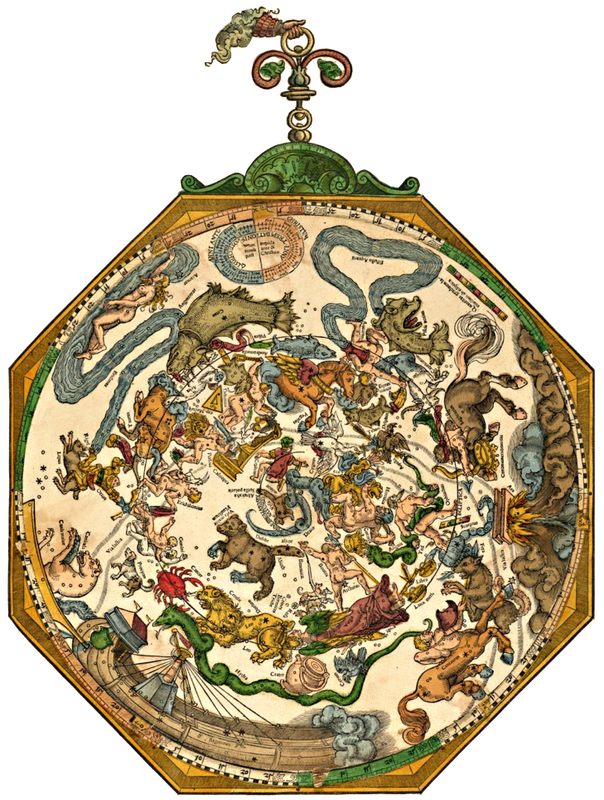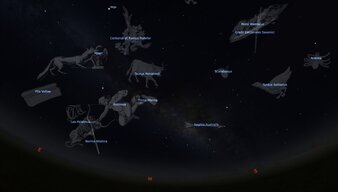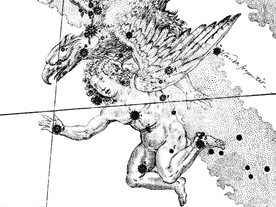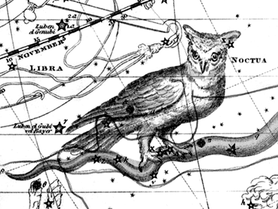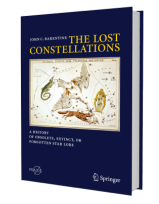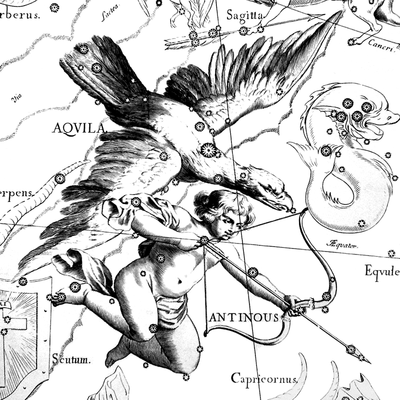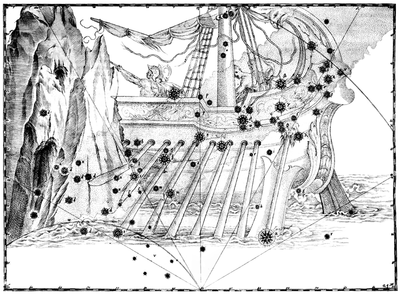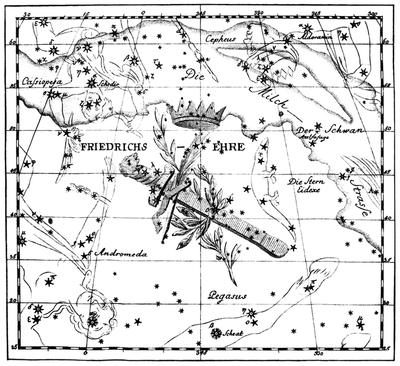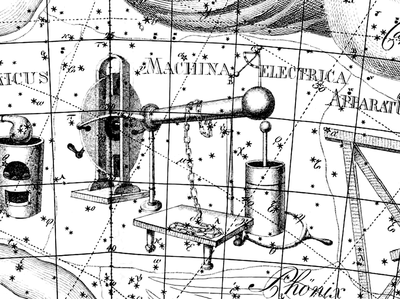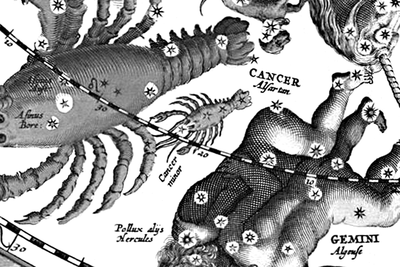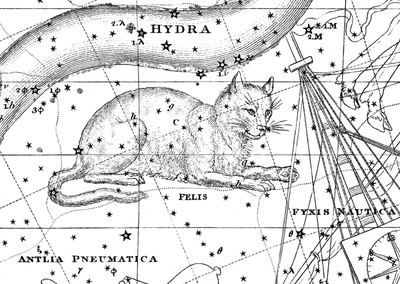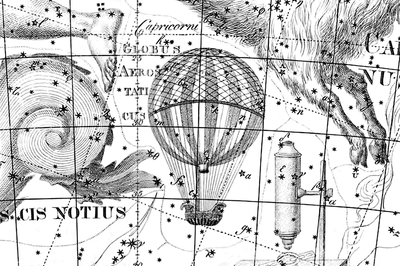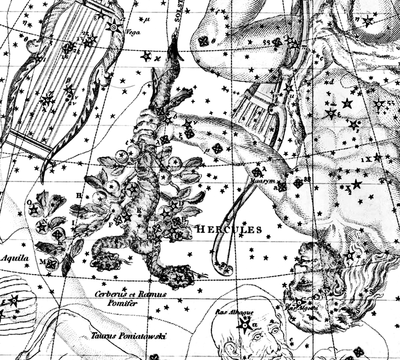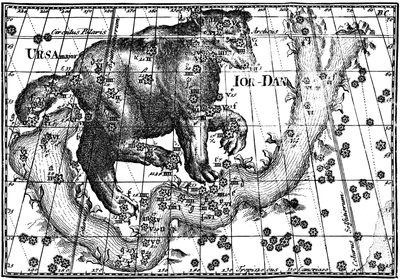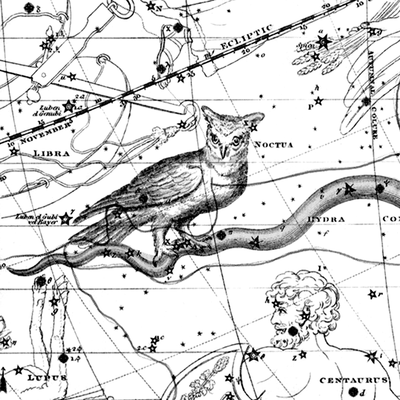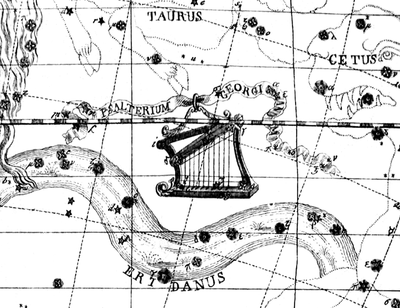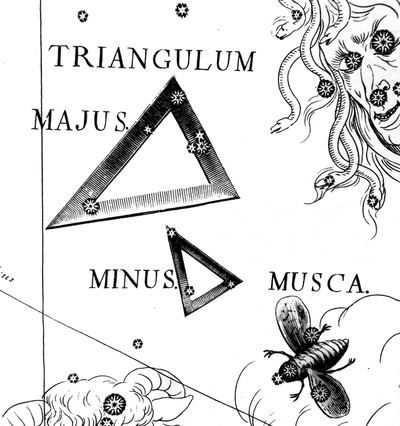A lost history of the night sky hides in plain sight.
|
Casual stargazers are familiar with many classical figures and asterisms composed of bright stars (e.g., Orion and the Plough), but this book reveals not just the constellations of today but those of yesteryear. The history of the human identification of constellations among the stars is explored through the stories of some influential celestial cartographers whose works determined whether new inventions survived.
The history of how the modern set of 88 constellations was defined by the professional astronomy community is recounted, explaining how the constellations described in the book became permanently “extinct.” Dr. Barentine addresses why some figures were tried and discarded, and also directs observers to how those figures can still be picked out on a clear night if one knows where to look. These lost constellations are described in great detail using historical references, enabling observers to rediscover them on their own surveys of the sky. Treatment of the obsolete constellations as extant features of the night sky adds a new dimension to stargazing that merges history with the accessibility and immediacy of the night sky. Left: Northern hemisphere star chart from Petrus Apianus' Astronomicum Caesareum (1540) |

Stellarium "skyculture" files for the lost constellations are available!
Overlays for the free Stellarium software showing the figures of the lost constellations from the book are now available for FREE download here.
|
|
REVIEWS
"The Lost Constellations is an incredible work. By the time the reader finishes the book, or just picks up a constellation or two, the sky will become a new source of fascinating, but now defunct, pictures." -Francine Jackson, Brown University Ladd Observatory and NASA Solar System Ambassador "This book is not your typical dry technical read. As the author states in the Preface, the book is a 'very human story that transcends astronomy itself, somewhere at the confluence of history, mythology, folklore, exploration, and psychology.' You will learn a lot from the book." -Mike Weasner, Cassiopeia Observatory |
INTRODUCTORY VIDEO
|
CONTENTS
|
Part I: Toward The Modern Night Sky
1. What Is A Constellation?
2. The Contemporary Sky Emerges 2.1 From antiquity to the 19th century 2.1.1 The Ptolemaic Constellations 2.1.2 Opening the southern sky 2.1.3 Completing maps of the northern sky 2.1.4 Constellation counts in disagreement 2.2 The "Modern 88" 2.3 Eugène Delporte, arbiter of the heavens 2.4 IAU Commission 3 2.4.1. Delporte's pilot study (1923-25) 2.4.2 Adoption of final constellation boundaries (1928) 2.4.3 After Commission 3 |
Part II: The Lost Constellations
Anser
Antinoüs Argo Navis Cancer Minor Cerberus et Ramus Pomifer Custos Messium Felis Gallus Globus Aerostaticus Honores Frederici Jordanis Machina Electrica Mons Maenalus Musca Borealis Officina Typographica Psalterium Georgianum Quadrans Muralis Rangifer Rhombus Robur Carolinum Sagitta Australis Sceptrum Brandenburgicum Taurus Poniatovii Telescopia Herschelii Tigris Triangulum Minus Turdus Solitarius / Noctua |
Read A Sample ChapterRead a chapter about Antinoüs, a lost constellation of the northern hemisphere summer night sky.
|
View An Image GallerySee examples of lost constellations drawn from a variety of historical celestial cartography sources.
|
Buy The bookGet your very own copy of this important astronomy history reference work.
|
